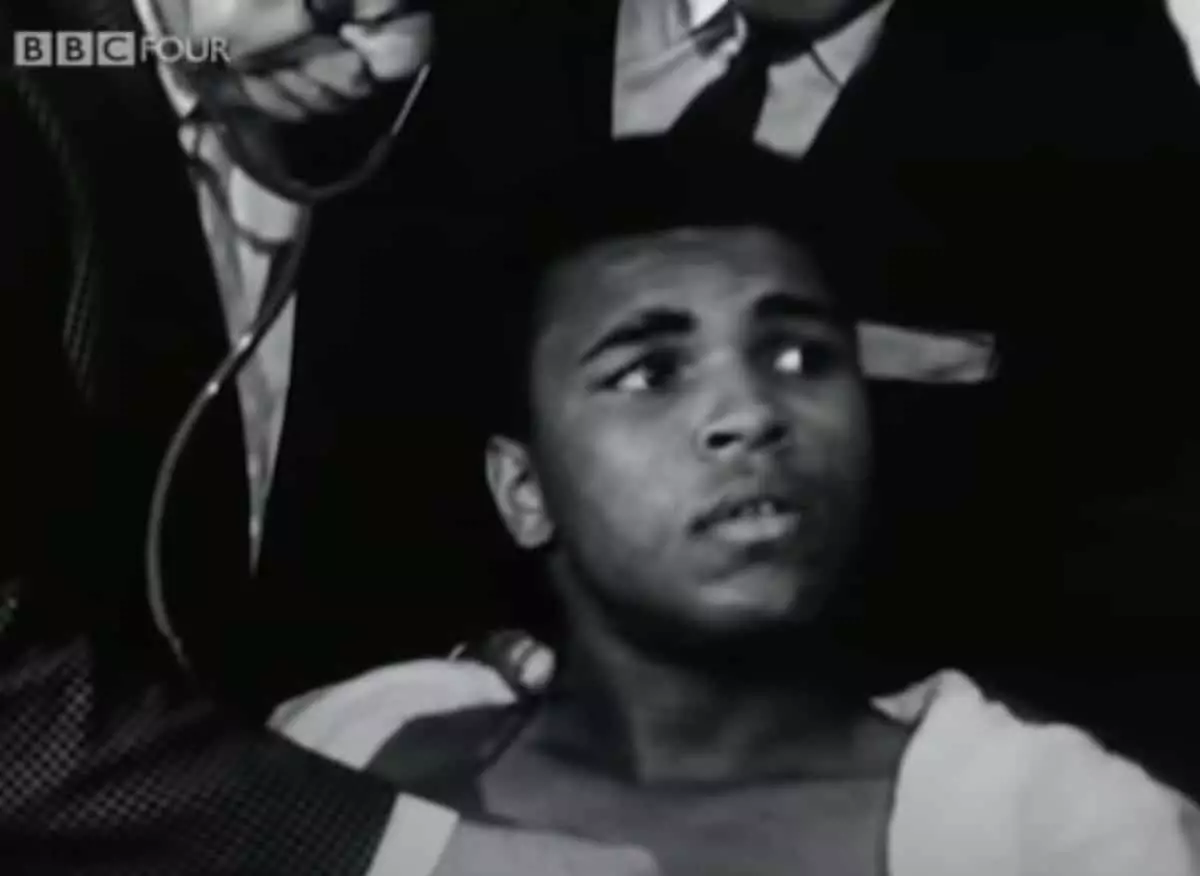Boxing is a sport steeped in history, where every punch thrown and every bell rung reverberates through the annals of time. Among the pantheon of boxing greats, few names inspire as much reverence and awe as Muhammad Ali. Every January 17th, fans across the globe not only celebrate his birthday but also reflect upon the contributions he made both inside and outside the ring. This article takes a closer look at Ali’s legacy while juxtaposing it with that of Oleksandr Usyk, a contemporary heavyweight champion who arguably stands shoulder to shoulder with “The Greatest.”
Muhammad Ali’s electrifying charisma and unparalleled skill set redefined the concept of a world champion. More than just a fighter, he became a cultural icon, known for his wisdom, social activism, and unparalleled sportsmanship. Ali’s style, characterized by blinding speed and an uncanny ability to dodge punches, captured the essence of boxing as an art form. Even in the twilight of his life, his influence endures, extending well into today’s generation of fighters.
Considered one of the best heavyweights of all time, Ali’s record speaks for itself. His unforgettable victories against formidable opponents like Sonny Liston, Joe Frazier, and George Foreman showcased not just his physical ability but also his razor-sharp intellect. His fights were like intricate chess matches where every move dictated the outcome—an extraordinary display blending athleticism with strategic cunning.
Fast forward to the present, and we encounter Oleksandr Usyk, a heavyweight champion who, in many ways, embodies the spirit of Ali. On a day that marks both fighters’ birthday, the boxing world finds itself pondering how these two champions might have fared against each other in their prime. Usyk, well-known for his technical prowess and agility, has already carved an indelible mark on the sport with victories over elite competitors, including Anthony Joshua and Tyson Fury.
What makes the comparison compelling is not merely their shared heights, weights, and reach; it’s their respective approaches to the sport. Both Ali and Usyk possess an innate boxing intelligence that sets them apart from their contemporaries. Much like Ali, Usyk commands the ring with a unique blend of footwork, head movement, and effective counterpunching. His ability to read the game and change strategies mid-fight echoes Ali’s most illustrious bouts.
Imagining a clash between Usyk and Ali invites endless speculation. Envision a match played out over 15 rounds, where the precision of Usyk meets the electric speed of Ali. How would each fighter adapt? While Ali’s speed and footwork were revolutionary, Usyk’s southpaw stance and lateral movement present a variable that could challenge Ali in ways he had not experienced against conventional opponents. Throughout his career, Ali fought only two southpaws, leaving many to wonder how he would adapt to Usyk’s left-handed style.
One can speculate that the fight would be a mesmerizing ballet of technique and grit, with both men displaying the highest levels of boxing artistry. Through evasive maneuvers and sharp combinations, they would surely thrill spectators and connoisseurs of the sport with their craft. Ali, famously known as “The Greatest,” may well dictate the pace early on; however, Usyk’s resilience and tactical adaptability could offset Ali’s dominance.
From inside the ring to societal influence, both Ali and Usyk share profound narratives. Ali’s activism and his refusal to be silenced on matters of social justice have entrenched his legacy as a tenet of virtuous defiance. In parallel, Usyk has demonstrated a commitment beyond the ring; his candid remarks about fighting for his homeland amidst tumultuous circumstances highlight a depth of character that transcends the sport.
Usyk’s reflection on Ali as a source of inspiration reinforces the connection between their legacies. “When I think about Muhammad Ali, it’s not just boxing; it’s the path he took, his nature,” Usyk has stated. These words encapsulate how both fighters transcend their athletic identities to drive home a message of courage and social responsibility.
As January 17th rolls around again, the boxing community has much to celebrate. It is a day that honors Muhammad Ali, the embodiment of the sweet science, and recognizes Oleksandr Usyk as a modern torchbearer of the sport. Each athlete, in their unique years, has contributed immensely to boxing’s rich tapestry and brought hope and inspiration to countless fans around the world. Both have illustrated that boxing is not merely a physical contest; it is also an opportunity to uplift, inspire, and challenge societal norms—a legacy worthy of remembrance and admiration.


Leave a Reply